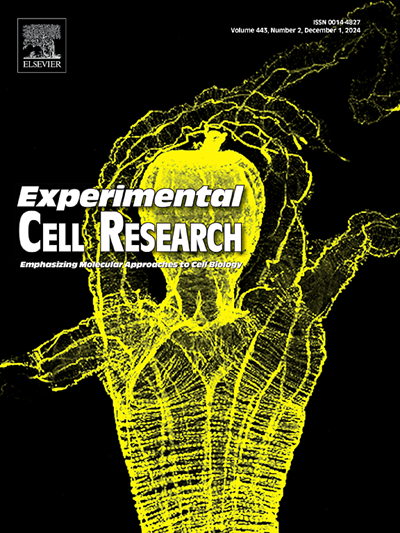The multifaceted role of CS1 (SLAMF7) in immunoregulation: Implications for cancer therapy and autoimmune disorders
IF 3.3
3区 生物学
Q3 CELL BIOLOGY
引用次数: 0
Abstract
CS1 (SLAMF7), a pivotal immune receptor, plays a dual role in modulating immune responses in autoimmune diseases and cancer. In autoimmunity, aberrant CS1 signaling contributes to the activation of autoreactive lymphocytes, driving pathologies such as systemic lupus erythematosus (SLE) and rheumatoid arthritis (RA). Conversely, in oncology, CS1 serves as a promising immunotherapeutic target, exemplified by the efficacy of the monoclonal antibody Elotuzumab in multiple myeloma. CS1 mediates immune cell functions through intricate signaling pathways, including interactions with EAT-2 and SAP adaptors, which influence cytotoxicity, cytokine production, and immune homeostasis. Beyond cancer and autoimmune diseases, soluble and membrane-bound forms of CS1 are emerging as biomarkers and potential therapeutic targets. Despite significant progress, gaps remain in understanding CS1\u2019s mechanisms, variability in expression, and role in other diseases. This study explores the multifaceted functions of CS1, proposing innovative strategies to leverage its therapeutic potential across diverse pathologies.
CS1 (SLAMF7)在免疫调节中的多方面作用:对癌症治疗和自身免疫性疾病的影响
CS1 (SLAMF7)是一种关键的免疫受体,在自身免疫性疾病和癌症的免疫反应调节中起双重作用。在自身免疫中,异常的CS1信号有助于激活自身反应性淋巴细胞,驱动系统性红斑狼疮(SLE)和类风湿性关节炎(RA)等病理。相反,在肿瘤学中,CS1作为一个有前景的免疫治疗靶点,单克隆抗体Elotuzumab在多发性骨髓瘤中的疗效就是例证。CS1通过复杂的信号通路介导免疫细胞功能,包括与EAT-2和SAP接头的相互作用,从而影响细胞毒性、细胞因子产生和免疫稳态。除了癌症和自身免疫性疾病,可溶性和膜结合形式的CS1正在成为生物标志物和潜在的治疗靶点。尽管取得了重大进展,但在了解CS1\u2019的机制、表达变异性及其在其他疾病中的作用方面仍存在差距。本研究探讨了CS1的多方面功能,提出了创新的策略来利用其在不同病理中的治疗潜力。
本文章由计算机程序翻译,如有差异,请以英文原文为准。
求助全文
约1分钟内获得全文
求助全文
来源期刊

Experimental cell research
医学-细胞生物学
CiteScore
7.20
自引率
0.00%
发文量
295
审稿时长
30 days
期刊介绍:
Our scope includes but is not limited to areas such as: Chromosome biology; Chromatin and epigenetics; DNA repair; Gene regulation; Nuclear import-export; RNA processing; Non-coding RNAs; Organelle biology; The cytoskeleton; Intracellular trafficking; Cell-cell and cell-matrix interactions; Cell motility and migration; Cell proliferation; Cellular differentiation; Signal transduction; Programmed cell death.
 求助内容:
求助内容: 应助结果提醒方式:
应助结果提醒方式:


